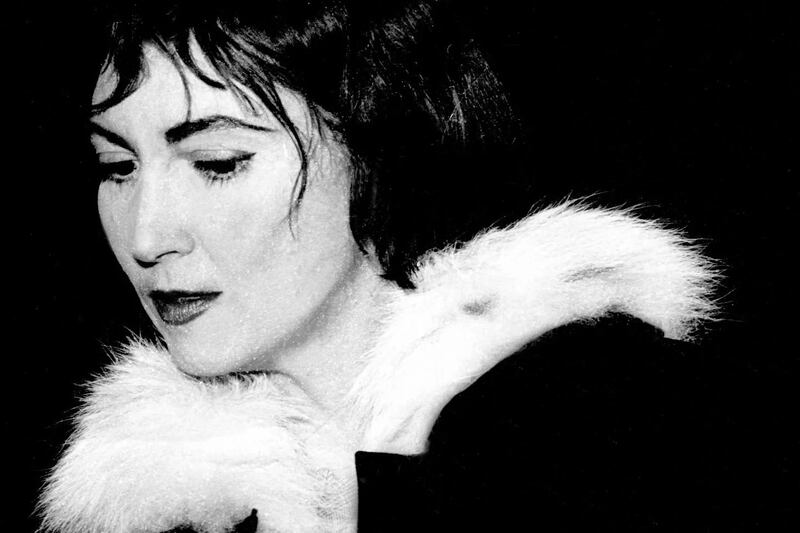In one of Dublin’s biggest demonstrations, at least 6,000 marched to Lansdowne Road in January 1970 to protest against the Ireland-South Africa rugby international. The mile-long column of anti-racism marchers staged the biggest protest to date during the Springboks’ tour of Britain and Ireland, and placed the Irish Anti-Apartheid Movement in the public eye. The anti-apartheid body wanted the match to be cancelled because the all-white Springboks were a team selected on racial lines. South Africa’s apartheid system was unique in that its laws codified discrimination against the vast majority of the population. The Springboks’ coach mocked Limerick’s anti-apartheid group for failing to get the numbers out when the team arrived at the railway station – he “felt like crying” for them – but he was told to save his tears for those suffering “vicious” oppression under apartheid.
The leading figure in Ireland’s anti-apartheid lobby, Kader Asmal, wrote a UN report on Irish attitudes to apartheid the following year: he found that public opinion had become more hostile to racist policies. Asmal, a law lecturer in Trinity College, argued that the extent of the opposition to the Springboks’ tour made future visits unlikely. “The Irish sporting authorities would certainly not dare to invite racialist sporting bodies to Ireland again.”
Asmal, an “Indian” in South Africa, sailed from Cape Town to Southampton in 1958; disembarking, he saw a huge sign: “Stop Coloured Immigration”. He had emigrated to study law in London, and intended to return home to practice as a human rights lawyer. But his subsequent marriage to Louise meant that he could not return as they would have fallen foul of the Mixed Marriages Act and the Immorality Act. And their commitment to the African National Congress (ANC) would have landed them in jail. The Asmals arrived in Dublin in 1963, and launched the anti-apartheid organisation in the Mansion House in April the following year. There were speakers from the three main parties in the Dáil, three future Nobel Prize winners – Seán MacBride, Seamus Heaney and John Hume – and, Asmal recalled in his memoir, an audience “liberally sprinkled with nuns” that warmly expressed Ireland’s “anti-imperialist sentiments”.
In September 1971, in Dublin, one month after the introduction of internment in the North, an international anti-racism conference heard that there were parallels between South Africa and Ireland. The chairman of the Irish Anti-Apartheid Movement, Fr Austin Flannery, contended that the topics under discussion, bigotry, and political violence, were integral to “the present tragic situation” in Northern Ireland. One notable anti-apartheid campaigner who addressed this gathering, the journalist Ruth First, had survived 117 days in solitary confinement in a South African prison.
The night a ‘sputnik’ crash-landed in rural Wexford
‘A breakthrough in the case of my stolen Dublin Bike and the subsequent €150 fine’
A daisy with a doctorate? Frank McNally on the enrolment of ragwort in the rewilded lawns of Trinity College
Ballet Go Backwards – Frank McNally on Patrick Kavanagh’s short-lived career as a dance librettist
One of her daughters, Gillian Slovo, wrote a book about her parents, Every Secret Thing. Gillian confessed to having an embarrassing secret: for a long time she had no recollection of the assassination of John F Kennedy in 1963. It was not that she was too young to understand the impact of political events – she remembered the Cuban Missile Crisis the previous year. “For on the day, 22 November 1963, when Kennedy was shot, my mother was enduring her 106th successive day of solitary detention. Nothing else mattered to me then.” Gillian’s sister Shawn wrote the screenplay for the film A World Apart, starring Barbara Hershey, which deals with her mother’s detention as a “ninety dayer” – no company, no talking, no reading material except for the Bible, and no contact with the outside world. And, when she was released, no charges. First was later assassinated in Mozambique by South African agents in a letter-bomb attack.
In 1963 the South African state attempted to crush the opposition. Nelson Mandela and other ANC leaders were in the dock and faced the death penalty. Appealing for clemency for them was the first task of the fledgling Irish anti-apartheid organisation, in common with fellow solidarity groups. Mandela and his co-accused were sentenced to life imprisonment in June 1964, which ignited anger worldwide at South Africa’s racist policies and the white supremacist assumptions they were founded on. The thrust of the anti-apartheid campaign would be isolation of South Africa, culturally, economically, in sport, and in diplomatic relations.
Mandela eventually walked out of prison, a free man, in February 1990. Five months later he visited Dublin, two years after he had been granted the freedom of the city. Dublin was the first capital city to confer this honour on Mandela. Freedom of the city, among other privileges, Asmal writes, “granted him the right to drive his herd of cattle through town”. Mandela, as the president of a democratic South Africa, appointed Asmal minister for water.
President Mandela became the subject of a movie, Invictus, starring Morgan Freeman and Matt Damon, in which he uses the Springboks rugby team in 1995 to inspire post-apartheid South Africa. That year they won the world cup. Last summer, after their latest victory in that competition, the multi-racial Springboks thanked “all the people of South Africa” for their support.















